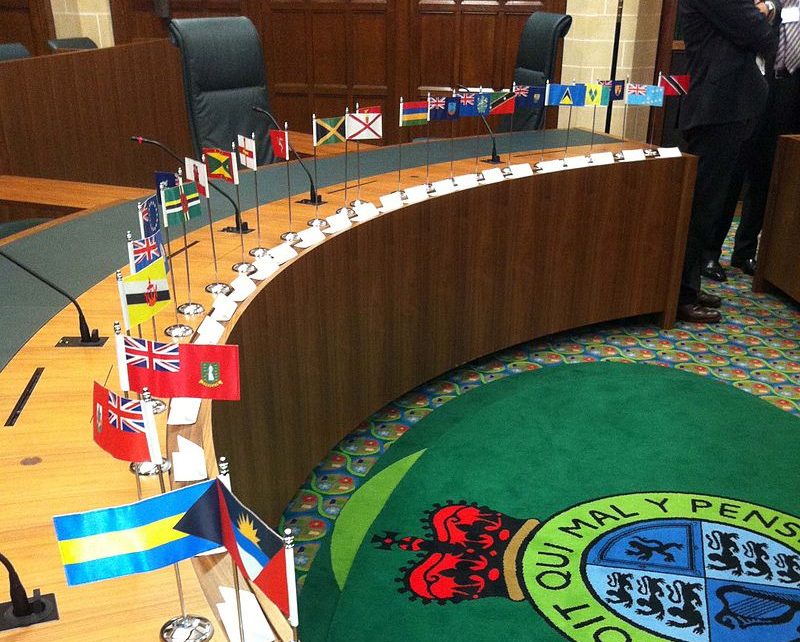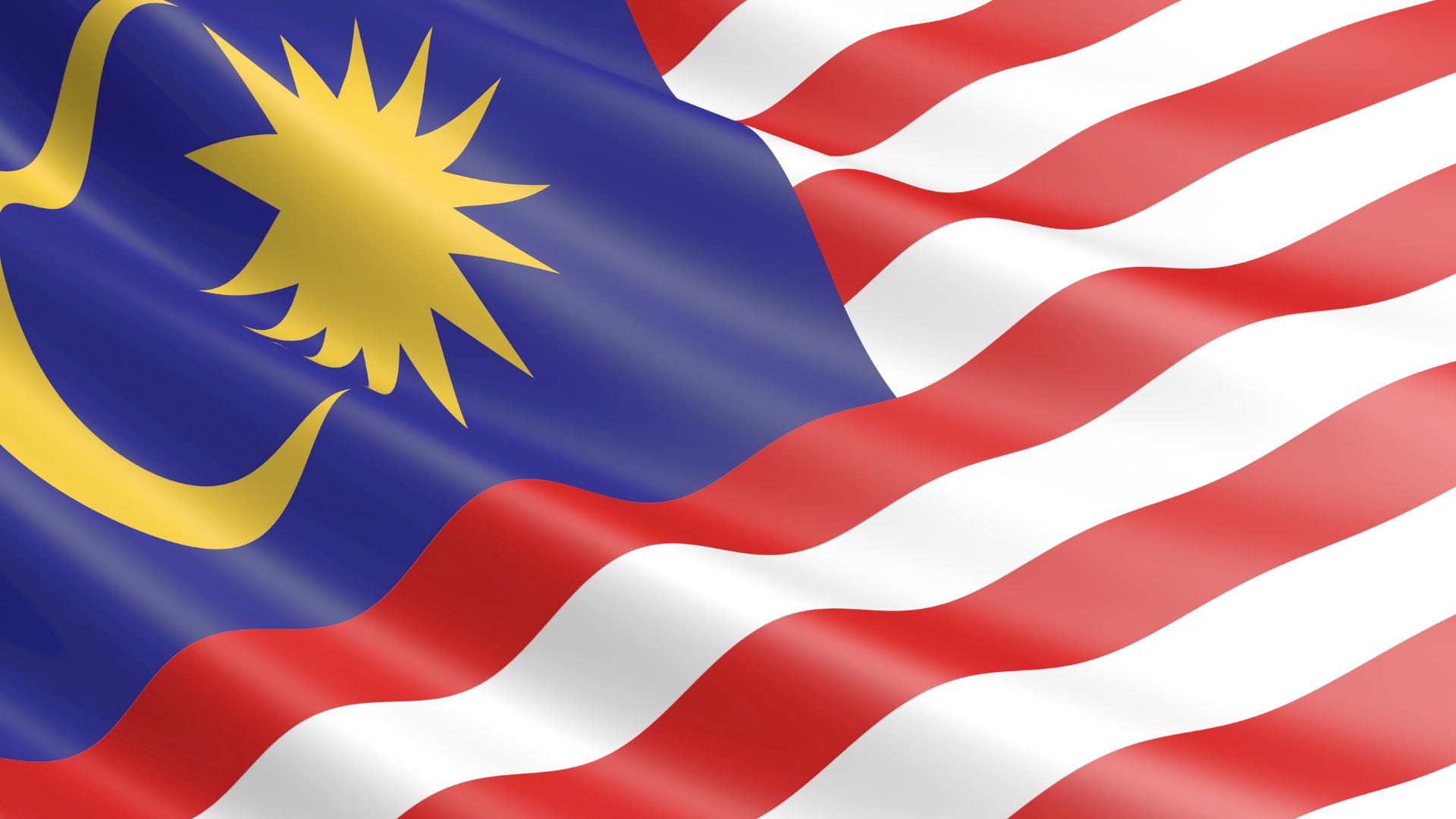
CLA News / “If at first and second you don’t succeed….” by Oliver Radley-Gardner KC and Imogen Dodds
This article considers the practice of the Board of the Privy Council named after the decision in Devi v Roy [1946] A.C. 508. The essence of the practice is that the Privy Council will not look behind concurrent findings of fact by two or more Courts below, unless truly exceptional shortcomings can be pointed to in the judicial process. The practice has assumed greater prominence in the past three years, featuring in three out of 13 cases this year alone (the numbers in the immediately prior years being in six out of 33 appeals heard in 2021 and 7/64 in 2022). This may be contrasted with the sparser numbers in 2016 (0/43), 2017 (1/49), 2018 (2/40), 2019 (2/52) and 2020 (3/37). Practitioners before the Board can therefore expect to have to deal with the practice, particularly in appeals as of right to the Board without any applicable ex ante merits filter, that is. This is a very regular feature of appeals to the Board concerning real property issues. The practice has also recently been considered by Rowan Pennington-Benton in his paper “Privy Council Appeals – Concurrent Findings of Fact – Tips and Tactics”, on the CLA website.
Three Stages in the Evolution of the Practice
Devi did not “discover” the practice, but synthesised it from earlier cases. Its origins can be traced back to Sundial v Chowdry.[1] In that case, Dr Lushington observed that the concurrent findings by local Courts, with local knowledge and sight of the witnesses, raised a “strong presumption” in favour of the correctness of those decisions. However, he went on to note that this “does not, and ought not, relieve this, the Court of last resort, from the duty of examining the whole evidence and forming for itself an opinion upon the whole case”. The practice solidified further in Allen v. Quebec Warehouse Company,[2] in which case Lord Herschell explained that, if there was no point of law in issue and what was sought was simply a re-evaluation of the facts, then the Board would not intervene unless, in his words, there had been “some blunder or error” in the fact-finding process, showing that the factual conclusions were “clearly wrong”.[3] The third evolution may be attributed to Thakur Harihar Buksh v. Thakur Uman Parshad,[4] in which Lord Hobhouse made clear that it was not proper for the Board to go through the “mass of oral evidence” on a second appeal against concurrent findings. It was made plain that the Board “might” undertake that exercise if “there had been any principle of evidence not properly applied; if there had been written documents referred to on which the appellant could shew that the Courts below had been led into error”. Thus formulated, the practice “forbids a fresh examination of facts for the purpose of disturbing concurrent findings by the lower Courts”.[5] This is the modern approach of the Privy Council.[6]
The Devi Restatement
The practice is summarised by Lord Thankerton in Devi in the following oft-cited classic formulation:
“[…] their Lordships are of opinion that the following propositions may be derived as to the present practice of the Board and the nature of the special circumstances which will justify a departure from the practice:
(1) That the practice applies in the case of all the various judicatures whose final tribunal is the Board.
(2) That it applies to the concurrent findings of fact of two courts, and not to concurrent findings of the judges who compose such courts. Therefore, a dissent by a member of the appellate court does not obviate the practice.
(3) That a difference in the reasons which bring the judges to the same finding of fact will not obviate the practice.
(4) That, in order to obviate the practice, there must be some miscarriage of justice or violation of some principle of law or procedure. That miscarriage of justice means such a departure from the rules which permeate all judicial procedure as to make that which happened not in the proper sense of the word judicial procedure at all. That the violation of some principle of law or procedure must be such an erroneous proposition of law that if that proposition be corrected the finding cannot stand; or it may be the neglect of some principle of law or procedure, whose application will have the same effect. The question whether there is evidence on which the courts could arrive at their finding is such a question of law.
(5) That the question of admissibility of evidence is a proposition of law, but it must be such as to affect materially the finding. The question of the value of evidence is not a sufficient reason for departure from the practice.
(6) That the practice is not a cast-iron one, and the foregoing statement as to reasons which will justify departure is illustrative only, and there may occur cases of such an unusual nature as will constrain the Board to depart from the practice.
(7) That the Board will always be reluctant to depart from the practice in cases which involve questions of manners, customs or sentiments peculiar to the country or locality from which the case comes, whose significance is specially within the knowledge of the courts of that country.”
(8) That the practice relates to the findings of the courts below, which are generally stated in the order of the court, but may be stated as findings on the issues before the court in the judgments, provided that they are directly related to the final decision of the court.
Those principles have been the subject of further elaboration: any concurrent finding of fact engages the practice. It does not matter that the reasons for the findings differ,[7] or that there is a dissenting appellate judge.[8] The practice is, of course, not applicable to anything that isn’t a finding of fact at all, such as the construction of an instrument (though there fine lines can be drawn).[9] What is however impermissible is a third or further re-evaluation of the “value” of evidence for the Board to consider whether it would have arrived at a different conclusion.[10]
Does the Practice Add Anything?
It might appear that the practice adds nothing to the well-established principle that any appellate Court (whether on a first, or further, appeal) will not interfere with the primary findings of fact of a trial judge save in limited circumstances. That rule applies in the Privy Council.[11] As explained by Lord Reed in Henderson v Foxwith Investments Ltd [2014] 1 W.L.R. 2600, at [67], the general principle is that:[12]
“[…] in the absence of some other identifiable error, such as (without attempting an exhaustive account) a material error of law, or the making of a critical finding of fact which has no basis in the evidence, or a demonstrable misunderstanding of relevant evidence, or a demonstrable failure to consider relevant evidence, an appellate court will interfere with the findings of fact made by a trial judge only if it is satisfied that his decision cannot reasonably be explained or justified.”
Most of those matters are of course also relevant when considering Devi. However, in the words of Lord Burrows, Devi imposes a “superadded constraint” on appellants in the Privy Council:[13]
“[…] it goes beyond the standard constraints on an appeal court and adds an additional hurdle for an appellant to overcome when appealing to the Privy Council. This is for two main reasons. First, the trial judge, given his or her opportunity to see and hear witnesses at first hand, is likely to be in the best position to make findings of fact. Where those findings of fact have been upheld by one appeal court, there is no reason to think that a second appeal court – the third court looking at the facts – is more likely to be correct about the facts than the two courts below. Secondly, the Privy Council wishes to respect factual circumstances peculiar to the country from which the case comes (especially, for example, local customs, attitudes, and conditions) and the first instance and appeal court judges in those countries are very likely to be in a better position to assess such factual circumstances than is the Board.”
To those two justifications have been added others, such as the saving of resources (of both the Board, and of the litigants themselves who will have been through at least two hearings before reaching the Board) and the public interest in finality in litigation.[14] Save for the particular need for deference to local Courts, most of those justifications also apply to the general rule applicable to all appellate Courts when considering findings of fact on appeal. What makes Devi distinct appears to be (a) the burden that is imposed upon the appellant seeking to obviate the practice, but also (b) the manner in which the practice arises. This is because, procedurally (at any rate in the more modern cases) the practice arises as a preliminary issue to be dealt with at the hearing of the substantive appeal, with the appeal proceeding no further if the appellant cannot persuade the Board that the practice does not apply.
When Does The Practice Fall to Be Considered?
The practice is applicable to any kind of case that comes to the Privy Council, whether that is an appeal that has arrived as of right, or one that has been granted permission: Central Bank of Ecuador v Conticorp SA [2015] UKPC 11, para 6. This means that in cases where the appeal is as of right, the practice can operate as a form of ex post merits filter to knock out appeals that have come to the Privy Council without any anterior consideration by the board. In practice, Devi points will be identified and dealt with in the appellant’s written case. If the Board is not persuaded by what is said in the written case, it will require to be addressed orally at the appeal hearing, where the Devi issue will be dealt with as a preliminary issue.[15] The Board will not wish to be addressed on the full appeal. It is not necessary to hear the full appeal as the focus of the question is whether the “high hurdle” of “exceptionality” is made out. It is clear that the Board will also take Devi points of its own motion, if the parties have not done so: Water and Sewerage Authority of Trinidad and Tobago v Sahadath & Anor (Trinidad and Tobago) [2022] UKPC 56.
Exceptional Cases
An exceptional case in which the Board was prepared to re-examine findings below (concerning adverse possession) was in Armbrister v Lightbourn [2012] UKPC 40. In that case, in relation to part of the land under appeal, the trial judge had made very limited, and conclusionary, findings limited to two paragraphs with little analysis. The Court of Appeal purported to make concurrent findings of fact, but did so on the basis that the trial judge had disbelieved the witnesses, when she had not.[16] Lord Walker stated that on that basis the Board was required to review extensively all of the evidence below. After an exhaustive and thorough review of the factual material, the Board reversed the decision of the Courts below, finding that adverse possession had been established. “Blunders” or breakdowns of judicial processes that allow the practice to be obviated are therefore encountered in the wild, but they are rare beasts. Where the practice has been held to apply by the Board, this usually proves fatal to the appellant.
Conclusion
Whilst there are therefore occasional instances in which the Board has been persuaded to review concurrent factual findings, it must ultimately be borne in mind that these cases are exceptional. Appellants who cannot establish that the practice does not apply, but instead seek to bring themselves within the exceptions to the Board’s general practice face a considerable uphill battle. The outline statistics with which this article began would seem to suggest that the Board is reaching for Devi more than it ever did, and that the practice is now much more frequently encountered.
Oliver Radley-Gardner KC and Imogen Dodds
Falcon Chambers
[1] (1849) 4 Moore Ind. App. 431; 18 E.R. 764; see also Naragunty Lutchmeedavamah v. Vengama Naidoo, (1861) 9 Moore Ind. App. 66, 87; Tareeny Churn Bonnerjee v. Maitland, (1867) 11 Moore Ind. App. 317, 338.
[2] (1886) 12 App. Cas. 101
[3] And see too Ram v Gullub [1869] U.K.P.C. 33 – something in the nature of a miscarriage of justice, a mistrial, or a plain error was needed before the Court could set aside concurrent findings; to similar effect: Sing v Dutt [1872] UKPC 4; Jobray v The Receiver of the Supreme Court [1873] UKPC 42.
[4] (1886) 14 Ind. App. 7
[5] Umrao Begam v. Irshad Husain, (1894) 21 Ind. App. 163, at 166. This approach then became the standard practice: Kunwar Sanwal Singh v. Rani Satrupa Kunwar, (1905) 33 Ind. App. 53, at 54; Rani Srimati v. Khajendra Narayan Singh, (1904) 31 Ind. App. 127, at 131
[6] Al Sadik v Investcorp Bank BSC [2018] UKPC 15, at [44].
[7] Robins v. National Trust Company (1927), A.C. 515 at 521 (per Lord Dunedin): “[…] the rule is a rule as to concurrent findings, and not a rule as to concurrent reasons”; see also Ram Anugra Narain Singh v. Chowdry Hanuman Sahai (1902), 30 Ind. App. 41.
[8] Atta Kwamin v. Kobina Kufuor (1914) A.I.R., P.C., 261; Habibur Rahman Chowdhury v. Altaf Ali Chowdhury (1921), 48 Ind. App. 114
[9] Thakur Harihar Buksh v. Thakur Uman Parshad (1886), 14 Ind. App. 7; Carriacou Devcor Ltd v Corion & Anor (Grenada) [2023] UKPC 1 was felt to fall on the wrong side of the line by the Board.
[10] E.g. Venkateswara Iyan v. Shekhari Varma (1881), 8 Ind. App. 143
[11] Turnbull v The Owners of the Strathnaver [1875] UKPC 73.
[12] See too the more recent summary by Lewison LJ in Volpi v Volpi [2022] 4 W.L.R. 48, at paragraphs [2] – [5].
[13] Dass v Marchand [2021] 1 W.L.R. 1788
[14] Sancus Financial Holdings Ltd & Ors v Holm & Anor (British Virgin Islands) [2022] UKPC 41, at [5]; Gormandy & Ors v Trinidad and Tobago Housing Development Corporation (Trinidad and Tobago) [2022] UKPC 55, at paragraphs [5] – [6].
[15] Sancus Financial Holdings Ltd and others (Appellants) v Holm and another (Respondents) (British Virgin Islands) [2022] UKPC 41, at [6] – [8]; Perry & Anor v Lopag Trust Reg & Anor No 2 (Cayman Islands) [2023] UKPC 16 at [22], describing this procedure as recent.
[16] At [53].



